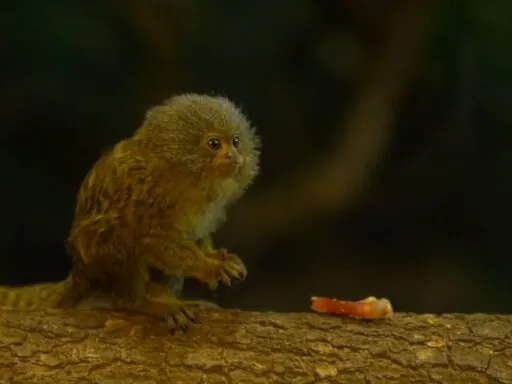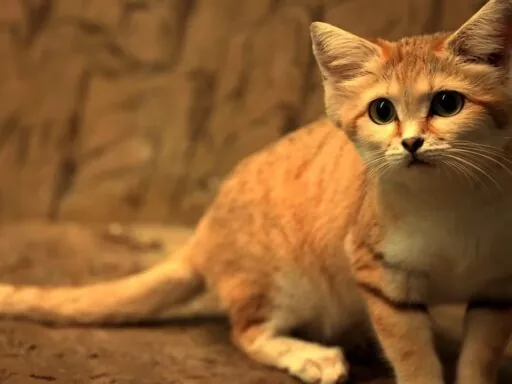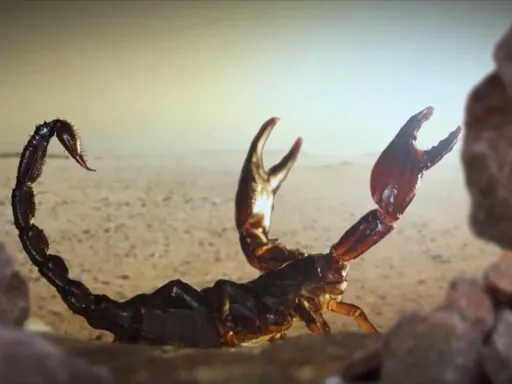Ever wondered what animals live in the Amazon? The Amazon rainforest is a vibrant, living puzzle teeming with incredible creatures. From the majestic jaguar to the elusive pink river dolphin, the diversity of Amazon rainforest animals is truly breathtaking. In this article, we dive into the Amazon rainforest animals list, showcasing the top 10 iconic species that call this lush paradise home. Without further ado, let’s get started!
1. Jaguar
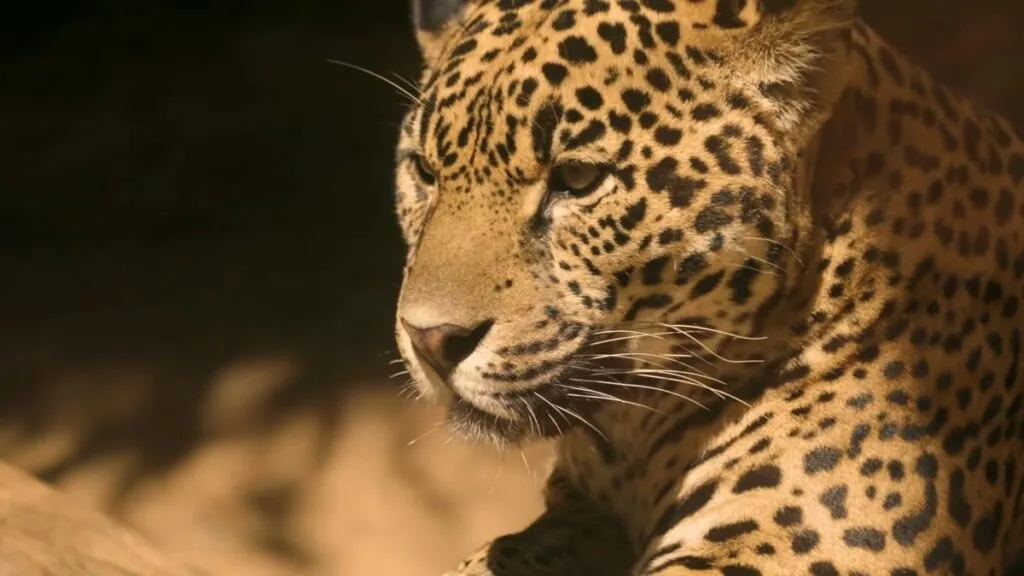
The jaguar (Panthera onca), the largest cat in the Americas, is a symbol of power and beauty in the Amazon Rainforest. Weighing up to 250 pounds and stretching over six feet in length, this apex predator is renowned for its striking rosette-patterned coat. Jaguars possess the most powerful bite of any big cat, capable of crushing the bones and shells of their prey, including caimans and turtles.
Remarkably, they are adept swimmers, often hunting in rivers and streams. In spite of their formidable presence, jaguar populations are under threat, with only about 15,000 remaining in the wild due to deforestation and illegal poaching. Conservation efforts are critical to ensure their survival.
2. Harpy Eagle
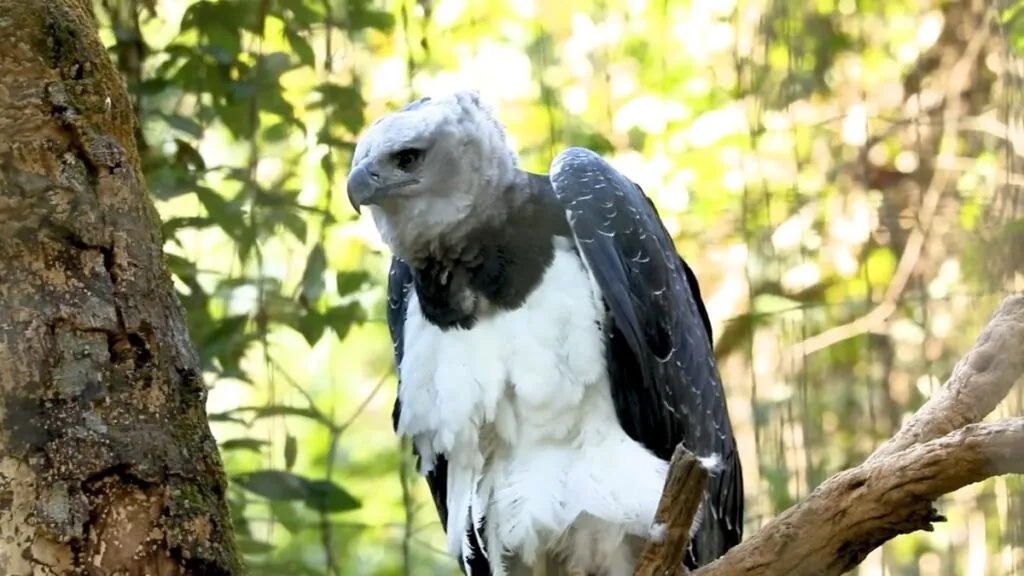
The Harpy Eagle (Harpia harpyja), one of the most powerful raptors in the world, dominates the canopy of the Amazon Rainforest. This majestic bird can have a wingspan of up to seven feet and weigh up to 20 pounds, with talons as large as a grizzly bear’s claws.
Harpy Eagles primarily hunt tree-dwelling mammals, such as sloths and monkeys, using their incredible strength and keen eyesight. Surprisingly, their nests, which can span five feet in diameter, are often reused for multiple generations. Despite their prowess, Harpy Eagle populations are declining due to habitat destruction, with an estimated 50,000 individuals remaining in the wild.
3. Amazon River Dolphin

The Amazon River Dolphin (Inia geoffrensis), also known as the pink river dolphin, is a remarkable inhabitant of the Amazon Basin. These dolphins can grow up to 8 feet long and weigh up to 450 pounds, with males often turning pink as they age. Unlike their oceanic counterparts, Amazon River Dolphins have unfused neck vertebrae, allowing them to turn their heads 90 degrees. This flexibility helps them navigate the complex riverine environment.
A surprising fact is their diverse diet, which includes over 50 species of fish, turtles, and crabs. Unfortunately, their population is threatened by pollution and habitat loss, highlighting the need for urgent conservation efforts.
4. Green Anaconda
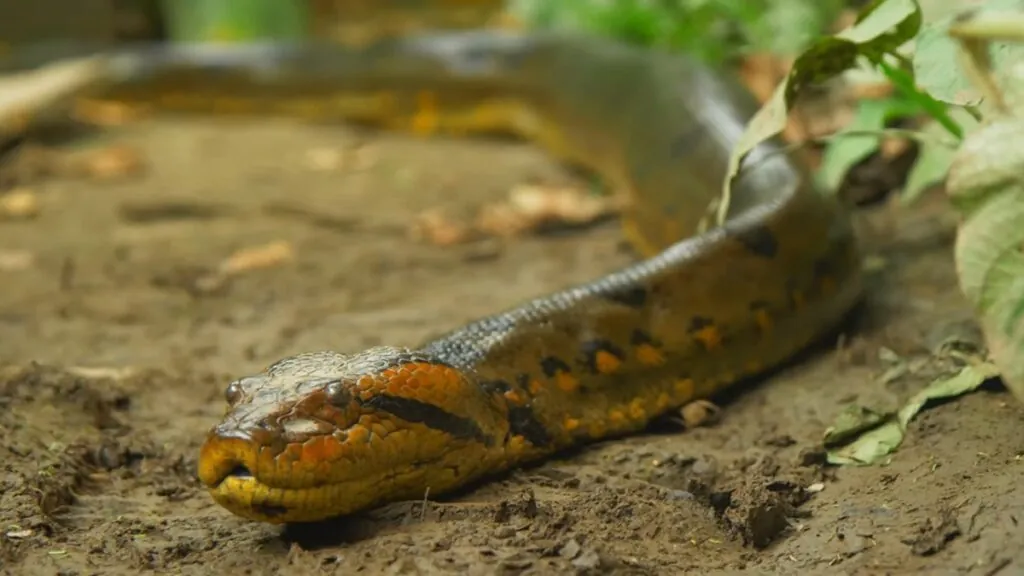
The Green Anaconda (Eunectes murinus), the heaviest and one of the longest snakes in the world, is a formidable predator of the Amazon Rainforest. Females, typically larger than males, can reach lengths of over 29 feet and weigh up to 550 pounds. Unlike many snakes, Green Anacondas are excellent swimmers, often found in swamps, marshes, and slow-moving rivers.
The Green Anaconda’s diet includes a wide range of prey, such as fish, birds, mammals, and even caimans. Remarkably, they can consume prey over half their body size thanks to their flexible jaws. Despite their size and power, Green Anacondas are not venomous, relying on constriction to subdue their prey.
5. Black Caiman
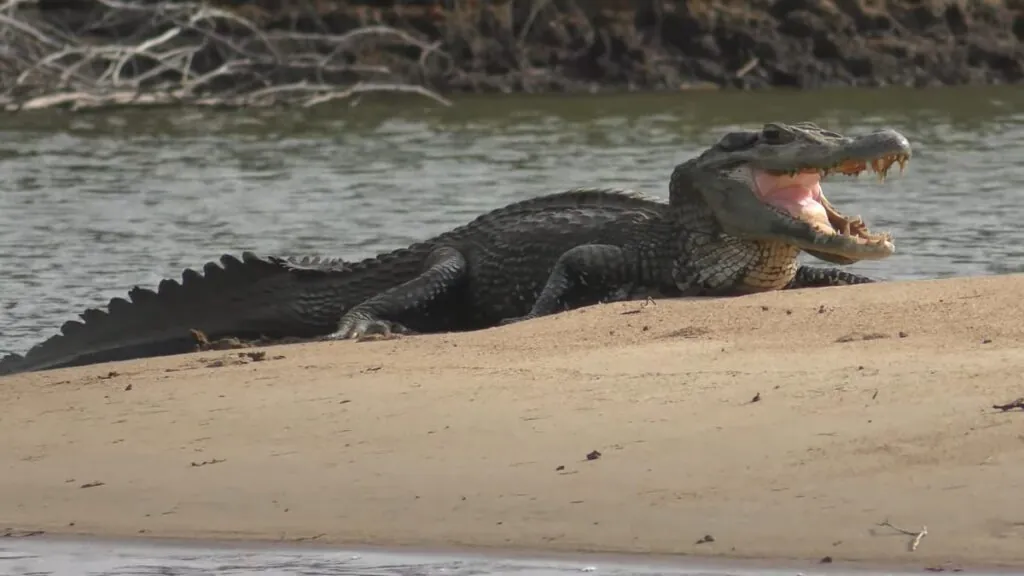
The Black Caiman (Melanosuchus niger), the largest predator in the Amazon Rainforest, can grow up to 20 feet in length and weigh as much as 880 pounds. This apex predator’s dark, almost black skin provides excellent camouflage in the water at night.
Black Caimans have a broad diet, preying on fish, birds, and mammals, including capybaras and occasionally jaguars. Surprisingly, their powerful bite can exert a force of over 3,700 pounds per square inch. Despite their fearsome reputation, Black Caimans face threats from habitat destruction and illegal hunting, leading to significant population declines.
6. Poison Dart Frog
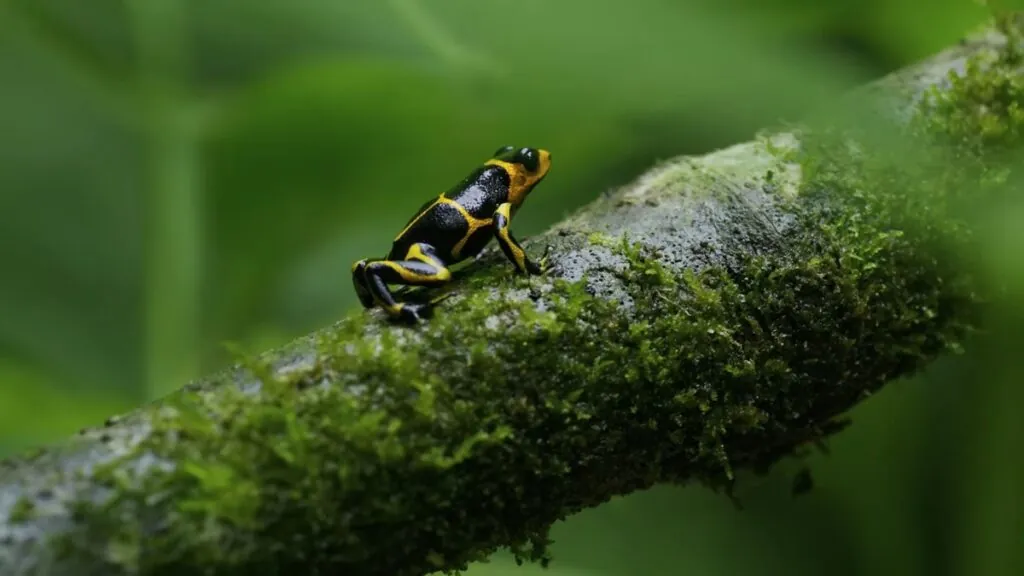
The Poison Dart Frog (Dendrobatidae) is a small yet strikingly colorful inhabitant of the Amazon Rainforest, known for its potent toxicity. These frogs measure just 1 to 2 inches in length, yet their skin contains enough toxins to potentially kill 10 adult humans. Indigenous tribes have historically used their poison to coat blow darts for hunting.
Regardless of their deadly defense, Poison Dart Frogs have a surprising diet consisting mainly of ants, termites, and other small insects. Interestingly, their toxicity is derived from their diet, as those raised in captivity without these insects are non-toxic.
7. Macaw
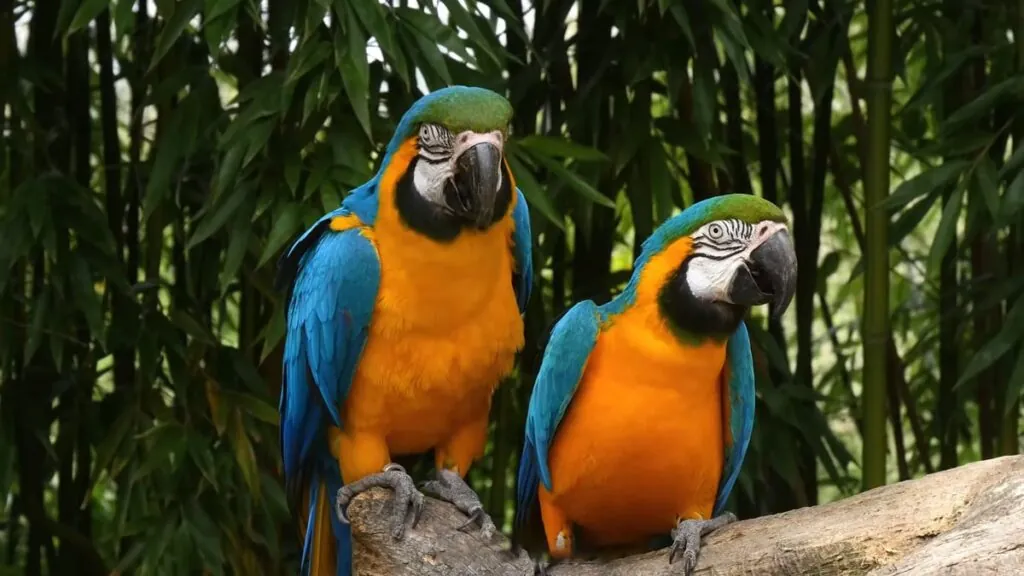
The Macaw, a vibrant and intelligent parrot, is a standout species in the Amazon Rainforest. These birds can reach up to 3.5 feet in length, with wingspans extending over 4 feet, making them one of the largest parrots in the world.
Macaws, one of the most beautiful amazon rainforest animals, are known for their brilliant plumage, which ranges from bright blue and gold to scarlet red. Surprisingly, these social birds can live up to 60 years in the wild. Their strong beaks can crack open hard nuts and seeds that other animals cannot access.
8. Giant Otter
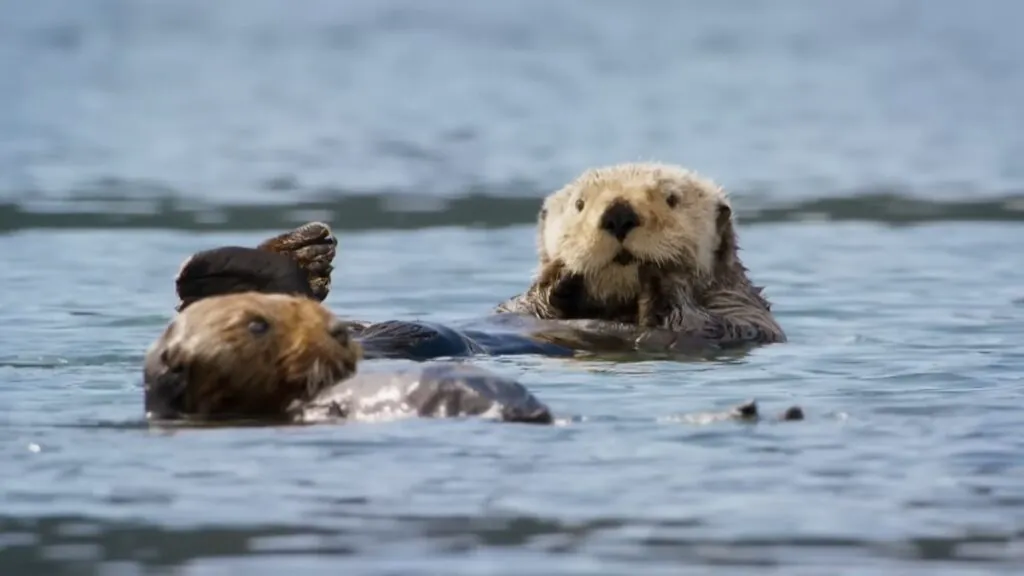
The Giant Otter (Pteronura brasiliensis) is a remarkable species native to the Amazon rainforest, distinguished by its impressive size, reaching up to 6 feet in length, making it the largest member of the weasel family. These social creatures live in family groups of up to 20 individuals, exhibiting cooperative hunting strategies.
Shockingly, the Giant Otter can consume around 9 pounds of fish per day, playing a critical role in maintaining the aquatic ecosystem’s balance. Unfortunately, habitat destruction and illegal hunting have led to a sharp decline in their population, categorizing them as endangered, with fewer than 5,000 individuals remaining in the wild.
9. Tapir
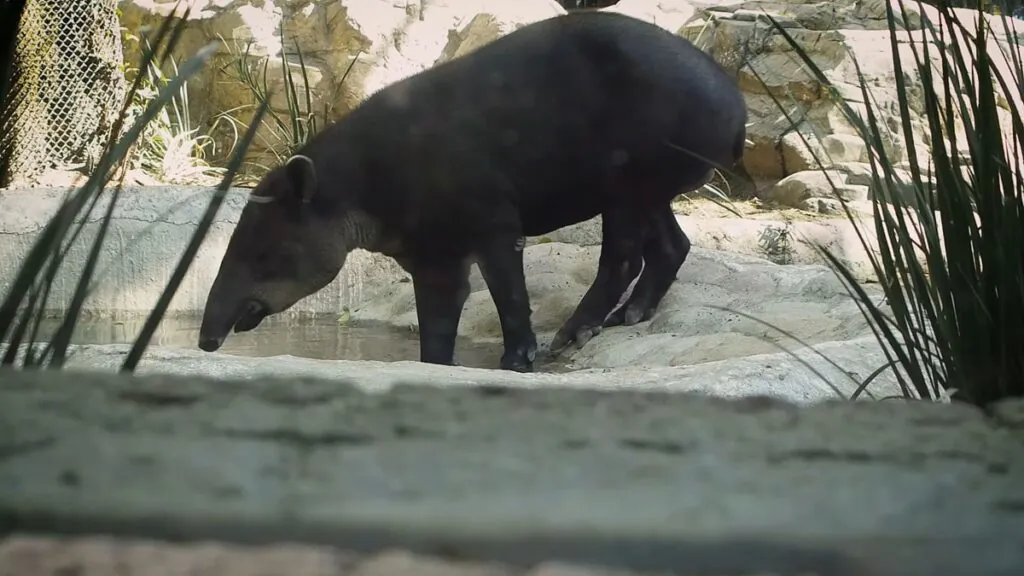
The Tapir, specifically the South American Tapir (Tapirus terrestris), is a unique and ancient inhabitant of the Amazon rainforest, often referred to as a “living fossil” due to its evolutionary history dating back millions of years. Weighing between 300 to 700 pounds, this herbivorous mammal plays a crucial role in seed dispersal, contributing to forest regeneration. A surprising fact about tapirs is their exceptional swimming ability, allowing them to navigate rivers and escape predators.
10. Ocelot
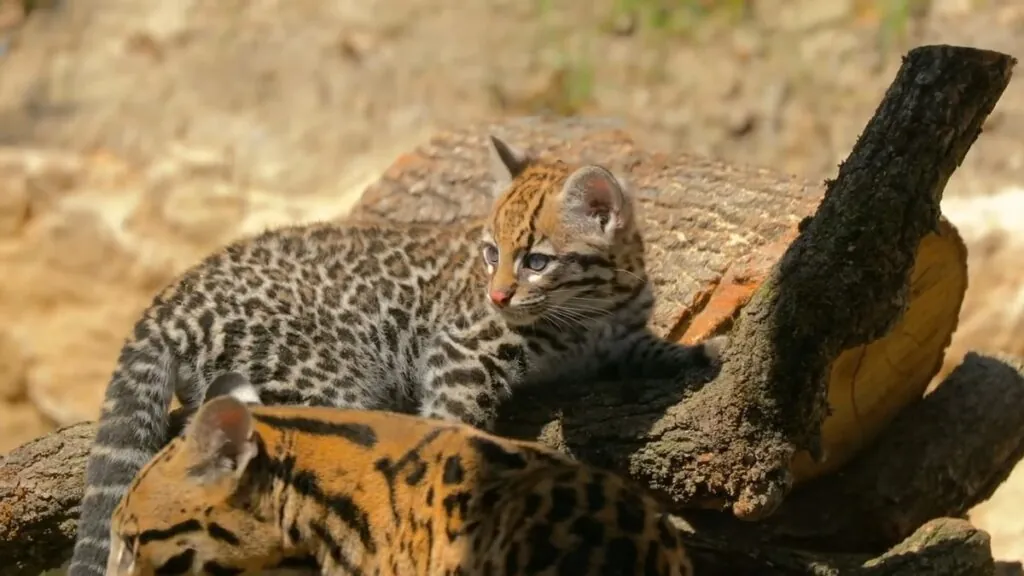
The Ocelot (Leopardus pardalis), also known as the dwarf leopard, is a captivating feline of the Amazon rainforest, known for its stunning, distinctive coat patterned with rosettes and stripes. Reaching up to 39.4 inches in length, it is a master of adaptability, thriving in diverse habitats including tropical forests and mangroves. What makes them one of the amazing animals that live in the amazon rainforest is their diet that includes small mammals, birds, and reptiles, and it exhibits remarkable hunting skills such as tree climbing and swimming.
In a nutshell, the Amazon rainforest is home to an extraordinary variety of animals, each playing a vital role in its complex ecosystem. From the powerful jaguar to the colorful macaw, these species highlight the incredible biodiversity that makes the Amazon unique. By protecting the Amazon rainforest, we ensure the survival of these amazon rainforest animals and maintain the ecological balance that supports life on our planet.

